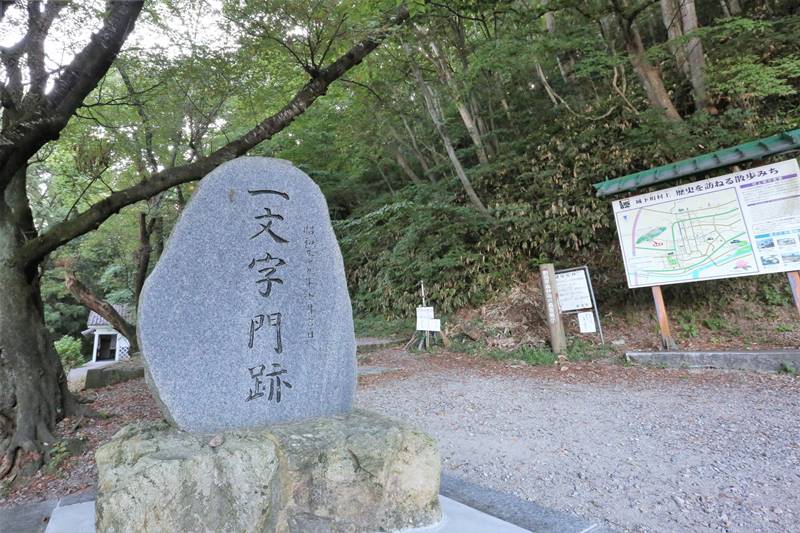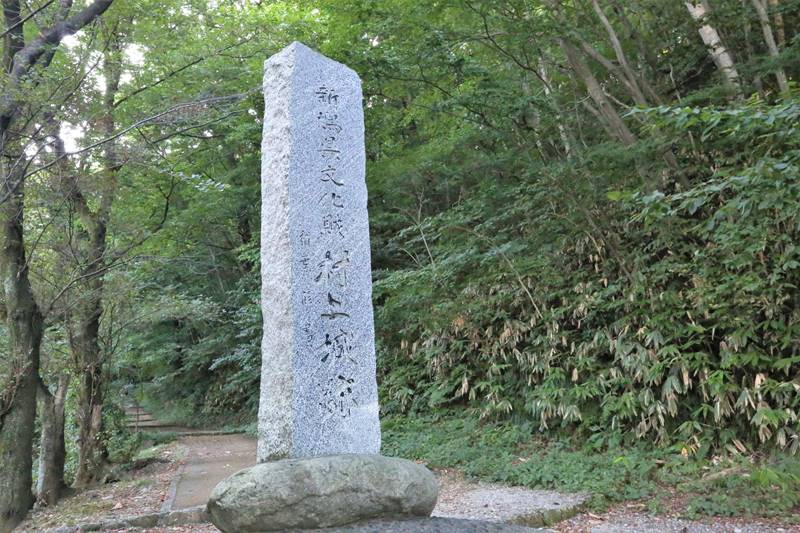This is all about Murakami Castle Ruins you want to know.
Every information you get on this site will be from a credible source based on Japanese history (books for reference).

Collected by the Inagaki family, the Toba Daimyō from the mid-Edo period to the Meiji Restoration, as materials for military studies. There are about 350 illustrations, but there is no uniformity because only illustrations of castles, illustrations including castle towns, and old battlefield illustrations are mixed.
Another typical example of castle picture in the Edo period exists, "The Shōhō Shiroezu", picture of the castle and castle town that the Edo Shogunate ordered the daimyō to create and submit,aggregating military information such as the buildings inside the castle, the height of the stone wall, the width of the moat and the water depth, etc., it also details the location and shape of the castle town and the mountain river.
Profile : Murakami Castle Ruins
| Location | Murakami City, Niigata Prefecture |
| Also known as | Maizuru Castle, Honjō Castle |
| Type of castle | Hilltop |
| Mountain's name | Mt.Gagyū |
| Elevation | 135m |
| Condition | Ruins |
| Designation | National Historic Sites |
| Year built | Unknown (about 1500~) |
| Abolished | 1871 |
| Castle lord | Honjō Clan |
| Refurbishment lord | Murakami Yorikatsu , Matsudaira naonori |
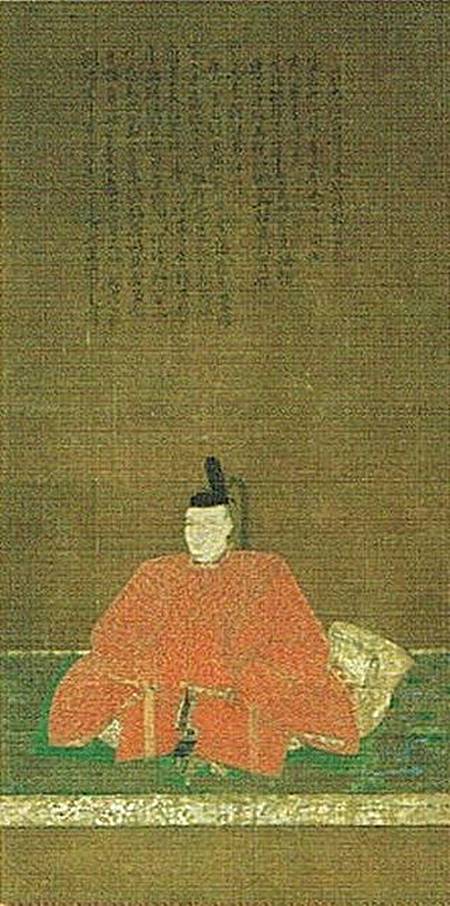
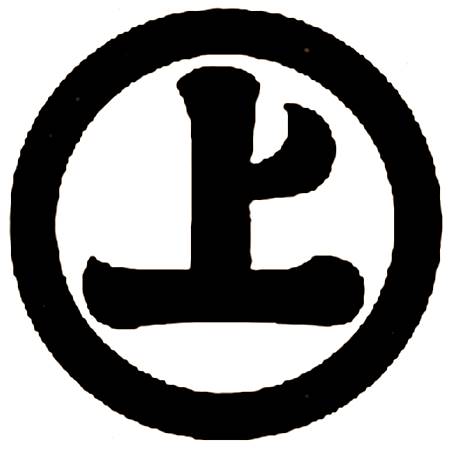
The family crest was originally created from the pattern that the emperor and the royal family put on the kimono, and the pattern was made into a fixed pattern, and the one attached to his own oxcart is said to be the beginning of the family crest. The warlords drew large crests on the flag-fingers, used to distinguish enemy views on the battlefield, and used by the generals to determine which warlords were active and how much.
Murakami Castle admission
admission fee : free
admission time : free
closing period : reference official site
Murakami Castle Google Map
Murakami Castle Images

Murakami Castle was the home of Honjō Clan during the Warring States Period and many battles took place, such as the siege with Uesugi Kenshin in 1568. In Edo period, the lord of castle such as Murakami Clan, Hori Clan and Matsudaira Clan remodeled the castle and constructed a castle town, then It was established as the central base of the Kita-Echigo region. After that, the lord was often replaced, but Naitō Clan served as the lord until the Meiji Restoration after 1720. Currently, there are no castle structures such as the main keep and gates. However, the remains of Trench and Koguchi (defensive entrance of castle) that were built during the Warring States period and the remains of Ishigaki (stone wall) that were built during the Edo period remain mixed in the area around the castle ruins. Therefore, the site of Murakami Castle was designated as a National Historic Site in 1993. About 20 minutes walk from the foot of the mountain to the summit.
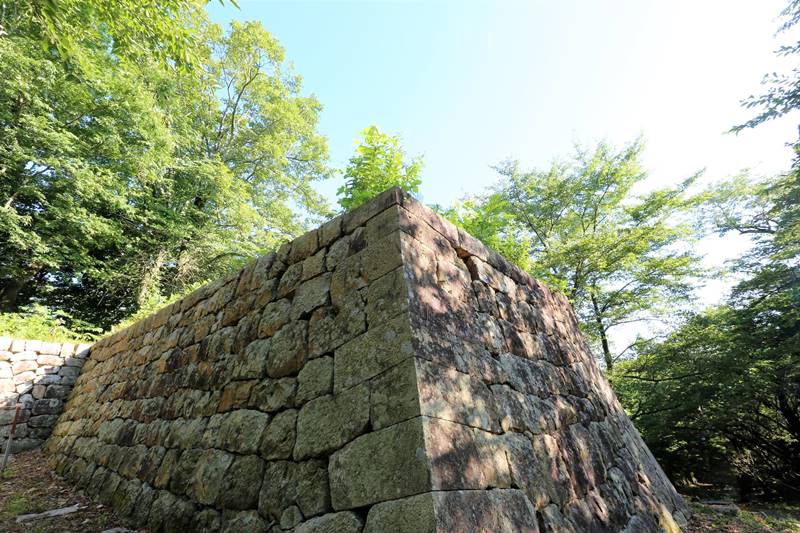
The castle is divided into a mountainous fortification and a foothill residence, and the palace and government office functions were placed in the latter after the Edo period. The building had the Yamashiro to the east, the three sides were surrounded by a stone wall and a moat, and it was protected by Yagura (three-structure turret). In addition, Koguchi (defensive entrance of castle) was installed in each of the north and south and the west, and the wooden bridge at Hanebashi Gate on the west side of the castle was supposed to be cut off in case of an emergency.
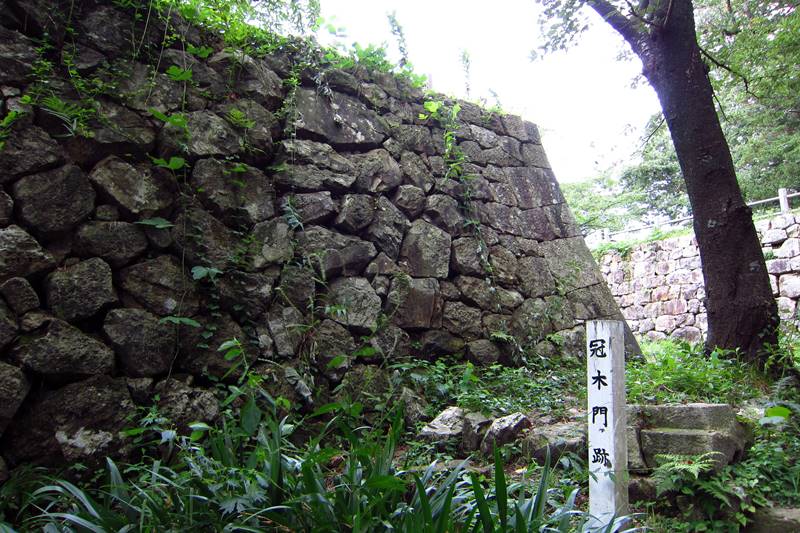
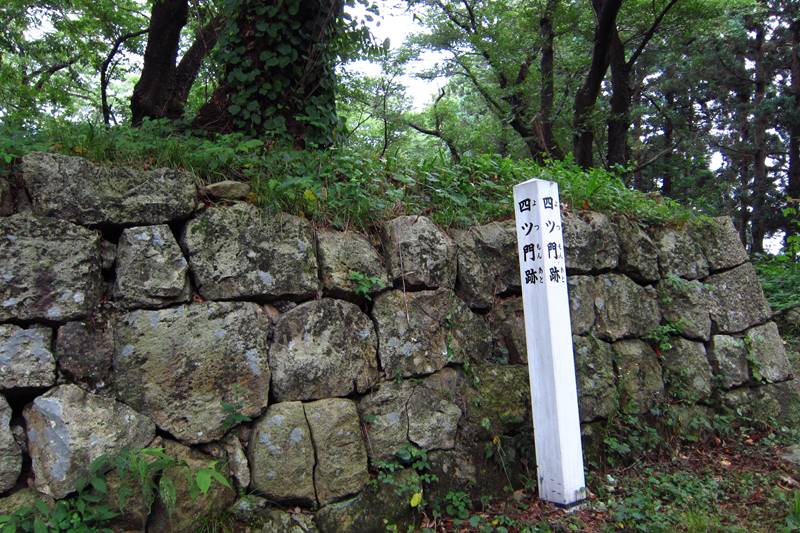
The gate between Ninomaru and Sannomaru on the mountain. It was an irregular gate of turret with four-way doors, built on a crossroads that intersects the Karametemon road (from Ninomaru in the south) and the Nanamagari road (from Sannomaru in the north).
